A beautiful new inground liner – nothing matches the soft feel and bright luster of a vinyl-lined pool. If you’ve recently installed one of our inground pool kits, or replaced your inground pool liner, you want to protect the investment and put off a reinvestment for as long as possible.
Vinyl pool liners, though durable, can be susceptible to damage if not handled with care. Understanding these potential pitfalls is crucial for maintaining a healthy and long-lasting vinyl pool liner. Here’s how to keep your vinyl liner looking new, by avoiding these 5 common mistakes made with vinyl liners.
Bleaching

Pool liners are much more resistant to fading from high chlorine levels than they used to be. Nonetheless, even if the color stays intact, continuous high chlorine level is corrosive, and affects the plasticity of the vinyl by slowly pulling the resins from the material. To avoid chemical damage from chlorine, follow these tips.
- Always pre-dissolve pool shock in a bucket of water, stirring to mix, and then slowly pour around the edge of the pool.
- Shock the pool only as needed. If you are having no water issues, shocking every 4-6 weeks could be appropriate.
- Use a Mineral Sanitizer, such as Nature2 or Frog, to reduce the amount of chlorine needed daily. You can go as low as 0.5 ppm.
- Do not use chlorine floaters, in summer or winter, which may come to rest on the vinyl, or tip over and spill it’s contents.
- Do not put tablets in the skimmer. If you use chlorine tablets, use a chlorine feeder, installed by your pool equipment.
Leaking

The mistake here is not finding and fixing leaks as they occur. Leaking water can rust steel pool walls or erode sand pool floors. It’s also a waste of treated and heated pool water. It could cause your pump to lose prime and overheat, if too much air is sucked into the skimmer. In most cases, leaking pools do not damage the pool liner, except when the pool leaks to a low point, during winter perhaps, exposing the liner to the elements.
If a vinyl liner pool leaks below the shallow end floor, the liner can relax and pull away from the walls. For older pool liners, this can stress the liner and possibly rip or tear the vinyl when it is reset. For newer liners with some stretch left, this can create wrinkles when the pool is refilled.
In most cases, leaks in a vinyl pool can be found easily if the water stabilizes at one certain level. When it seems to keep going, you may need to put on a mask and inspect the deeper areas of the pool. A dye syringe can be used to dye test suspected areas for leaking. Leaks in vinyl pools are patched with an underwater vinyl patch kit.
Most vinyl pool owners do not have a problem with leaks in the vinyl liner per se. In fact, it’s more common to leak in other areas than it is to leak through a rip or hole in the vinyl. Areas like the skimmer, returns, drains, steps and pool lights. Any place where the liner was purposely cut, and then sealed with gaskets and faceplates, could be suspect during a leak investigation. The pool light conduit, which houses the wire from the pool light to the junction box, could be another prime suspect to bring in for questioning.
Low pH

Below the pH neutral level of 7.0, pool water becomes acidic and corrosive to vinyl. Over time, this can suck out the plasticizers and resins that keeps vinyl pliable. Over more time, a liner in a low pH “acid bath” will become brittle, fade in color and eventually begin to literally fall apart. This mistake can be avoided however – just test your pH weekly and make adjustments to keep your pH in the range of 7.2-7.6.
Constantly low pH? Not uncommon in a vinyl pool; this is due to the low pH of chlorine tablets, or low pH of nearby plants and trees which end up in the pool. In urban areas, acid rain or pollutants washed out of the sky will also contribute to a constant need for pH increaser. If you are having trouble raising the pH level, check your Total Alkalinity level. A minimum of 80 ppm is recommended as a buffer for your pH level; and will help stabilize your pH level.
Another LOW problem is with low Calcium Hardness levels. Some think that low calcium is only a problem for concrete pools, but on the contrary, low hardness levels (below 150 ppm) can harm vinyl liners too. When water is too soft, add Calcium Hardness Increaser (leftovers can be used as snow melt during winter).
Animals
Dogs can swim in a vinyl liner pool; they just need to know where the steps are to exit – they can’t climb a pool ladder. Pet Steps provide an exit strategy for pools without entrance steps.
Many people are concerned that a dog’s claws will shred the pool liner. Can’t say that I’ve ever heard of such a case of that happening, so I did a Google search, and that seems to be the experience of others. Dogs are OK in a vinyl liner pool.
Wild animals, however, could be a concern to a vinyl pool owner. Raccoons and larger animals with sharp claws could damage the edge, but it’s rare that they get close enough to a pool to fall in. A larger concern would be large animals that get spooked and run into the pool. Deer, farm animals, Moose – have large claws that could damage the vinyl on the floor.
Humans

Humans – the original party animal. How about the kids using the sharp end of the pool pole to pole vault across the pool? Or the guy that got thrown in the pool, in his golf cleats. Melting the liner with a blow dryer? How about a broken glass in the pool being dragged around by the pool cleaner. Or my favorite, fireworks on the fourth of July, a bit too close to the pool, sparks melting tiny holes in the vinyl.
Be careful of sharp and hot implements around a vinyl pool. Inspect your cleaning tools and pool cleaner for sharp edges. And enforce a strict rule of no golf cleats, hair dryers, glass or fireworks within 50 feet of a vinyl liner pool!

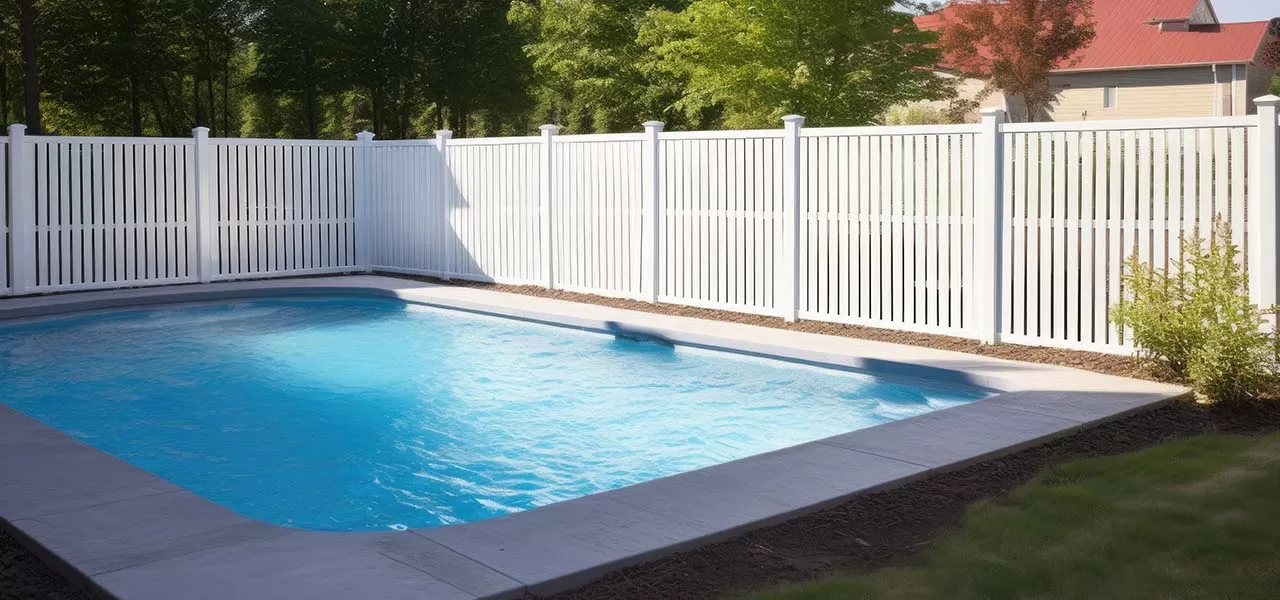
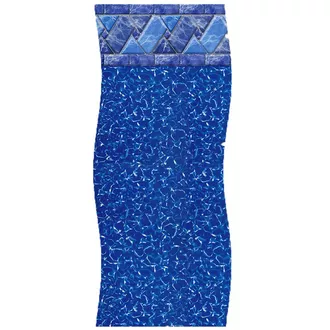
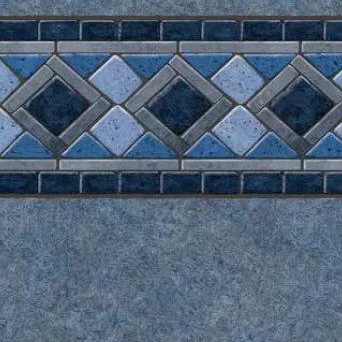
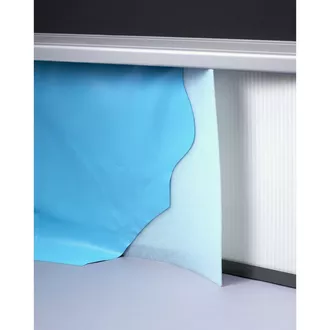
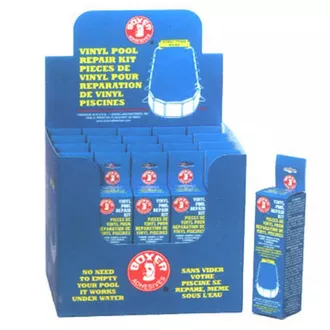
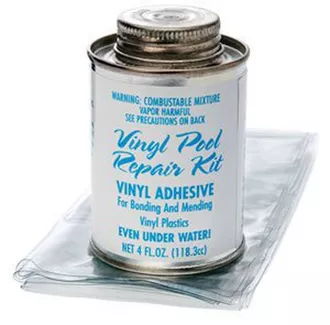
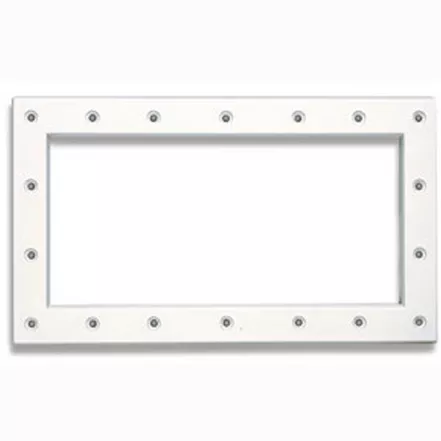
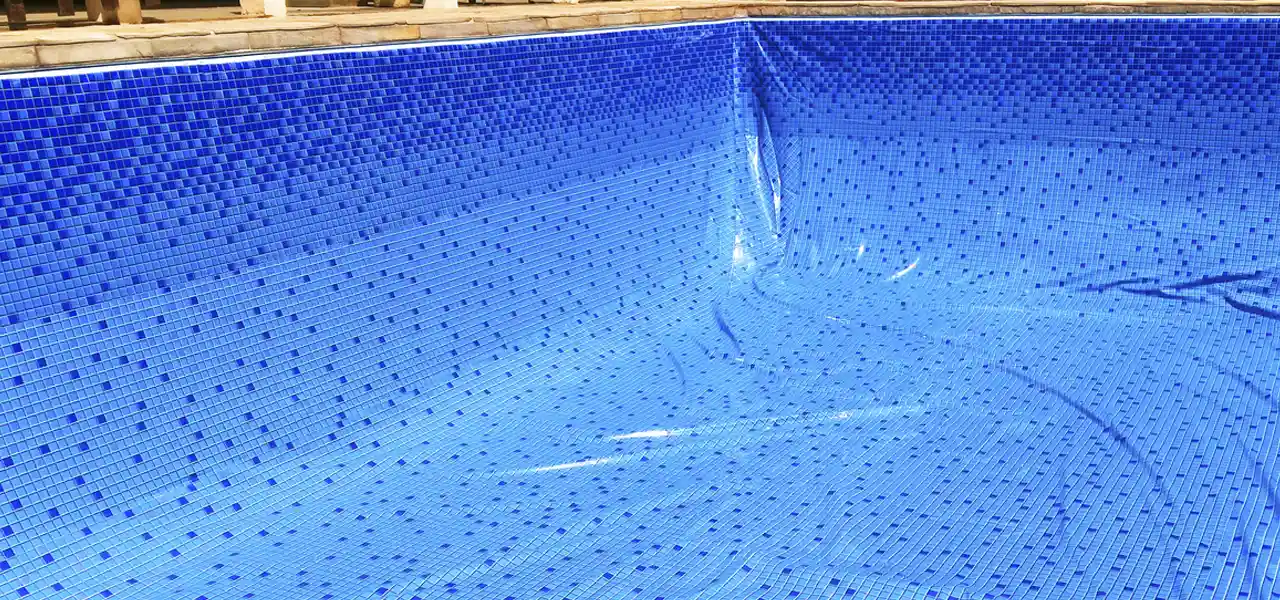
We have an intel 8 foot pool, this was it’s third year. This year during set up we noticed and fixed 3 small rips in the vinyl. We are preparing to take the pool down. Is there something we can do to store so that we can avoid new cracks? = Thank you.
Hi Mary, if you are up for a small project, dry the pool very well, then use a vinyl conditioner, like products for car, boat or spa cover vinyl. Then ROLL the cover for storage, instead of folding in quadrants. Then, store the cover indoors, or in temps above 50 degrees, with some humidity.
I have a 28′ round above ground pool. Ten years old. This year the liner is puckering or wrinkling in the area below the skimmer. It also bleached out there. Reading your comments i conclude that i overloaded the chlorine tabs that i add to the skimmer. I was having trouble with the level so put several in to boost it. I’m not concerned about the whitening but am worried about the liner. I don’t think it’s leaking but have I weakened it by bleaching requiring a whole new liner? I thought perhaps after swim season, i could lower the water a bit and take apart the skimmer and pull up the liner to get the wrinkles out and check for leaking. OR maybe 10 years is time to replace the liner anyway?
Hi Warren, yes the tablets in the skimmer (while the pump was not running) undoubtedly caused the liner to pucker. There is no fix, and I would not advise that you try to pull out the wrinkles, as it may tear or begin to leak. It has made the liner weaker, but will probably make it thru the season, possibly next year too? IF it does start leaking, you can prolly patch it with a gel like Anderson’s Leak Sealer or EZ Patch 28. So, you may be able to limp along for several more years perhaps, or if the look of it bothers you, and 10-yrs is not a bad run for a liner, then of course you can replace the liner. DIY replace the liner and you can save $1000 or more.
Hi! I am new to pools and sprinkled shock in our above ground pool 🙁
It has created a bleach spot that is rough. Is it imperative to change the liner immediately OR can we wait until the end of season (sorry we just got it up and running and I dread starting over)?
Thank you!
Abby, It is unfortunate, but these things happen, don’t worry about it, you can keep the pool up and it may even last for several years without issue, if you don’t mind looking at it, that is! Happy Fourth!
Can excessive chlorine levels create a situation where the pool liner breaks down and allows chemicals from the vinyl pool cover vinyl fabric to continually create a “slick” of plastifiers on the top of the water surface whenever the cover is shut and then opened (where the surface water “rubs off” the film)? Have you ever seen or heard of such a condition?
Hi Steve, I think that may be familiar, I have noticed some sheen to water when opening automatic covers. Especially new ones. Not sure if it would be caused by chlorine or exacerbated by it, perhaps.
For some reason my pool liner looks like it is becoming bleached this year, at the water level and below. It is MARKEDLY lighter than last year, which was the first full season of our new vinyl-lined inground pool (it was installed July 2018). Is this normal? Could it be as a result of too much salt used at opening? If not, what could possibly cause this?
Jennifer, it could be fading, from the sun, or bleaching, from high chlorine level. If for instance, you ran the chlorine level high all the time, that could do it, or if you shocked the pool heavily, very often, it can leach out the color from a liner. Very low pH and alkalinity could also affect the print.
Great article. In choosing a new liner, do you see a difference between darker and lighter colored prints, or between liners with tile border and those without, when it comes to fading of the liner over time? Is there truth to the rumor that creeping pool cleaners will eventually rub the color off darker colored liners? Thanks!
Some cleaners can rub the colors off of liners over time, yes. I think the liner manufacturers may have improved their inking process to avoid some of that but yes it can happen, especially on pools that have the cleaner running too often, when it may only need 1-2 hours, twice per week. I suppose a lighter colored liner would be less susceptible to this kind of ‘reverse stain’. For fading however, I think a darker liner may be Less susceptible than lighter colors, having more pigment in the liner. If you have a trouble area, you could use an Armor All type protectant, above the water line, and not too often, (dont’ want all those chemicals in the pool), like once annually after opening the pool, put on some vinyl ‘sunscreen’ protectant, and it should help reduce fading somewhat.
Hi:
In May we put up a new Summerwavea 16’x48″ above ground pool. While in the pool today I felt several pieces of mulch undernieth the floor. They were about 1/4 H x 1″W and 2″L They didn’t feel sharp. Will they tear the liner? Undernieth the floor is a gurilla pad and tarp. Your advice?
Thanks for your help.
Bob
Hi Bob, likely no worries about the liner. But – uneven liners can be snagged, or more easily torn by pool cleaners or vacuum heads, so do be careful. You might be able to flatten it out somewhat if you use a soft tamper of some sort, and pound on the high spots a little bit. I used to use
Do you think that magnetic LED lights will damage the pool liner?
No, I have not heard of that, and those lights have been around for several years now.
Pool is 25k gallons and 18×36. Liner is approx 8 yrs old and has liner on the steps. Water level is dropped below the steps with liner wrinkled on top step. Cover is off the pool without filter running and subjected to the weather and elements. How will this affect the liner besides the accumulation of debris and formation of algae. Could the liner get brittle and crack or tear or even pull out due to the cooler temps we’ve been having this spring? Will the liner on the steps get worse?
Hi Ken, it is best to keep vinyl covered in water, (assuming good water balance), because as you note, temperature, sun UV rays, bird poop, sharp sticks etc are all bad for the vinyl. It also tends to shrink somewhat, without the weight of the water pressing it down. And when you do go to fill it, it may not have the resiliency as before and as it tries to stretch into place, ‘snap!’especially if the vinyl is ‘crispy’, or brittle, no longer soft and pliable. For wrinkles, like on the top step, a memory can develop, making it hard to push the wrinkle out completely when you fill. Top steps are always difficult, because they are subjected to the problem we are discussing, more than other areas of the pool. So, try not to leave it empty for long, and if you can cover it, that is always better.